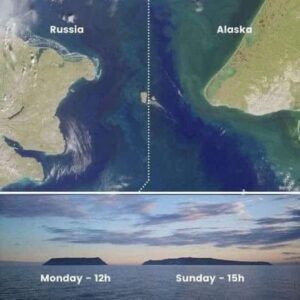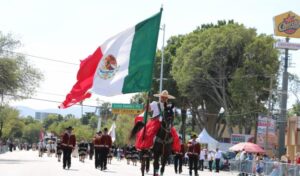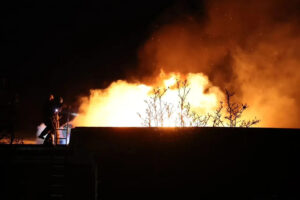AMAZONAS

The Pacaya Samiria Nature Reserve in the Peruvian Amazon (northeast in region of Loreto) is home to more than a third of the fauna of all species in the Amazon and almost one hundred thousand natives and settlers from the outside. Meandering and gliding through the Amazon rainforest, lagoons and tributaries on a skiff in the morning is experiencing the beauty of nature at its finest. This is one of a few villages encountered along the river. The riberenos of these villages are are a mixture of Indigenous, European and Asian heritage. For these natives, the river defines daily life - transportation, work, food, medicine and even religion. The majority of natives live in palm thatched huts on stilts as this part of the Amazon and Rainforest is prone to flooding.
La selva del Amazonas y su río homónimo son compartidos por nueve países en total: Brasil, Bolivia, Colombia, Ecuador, Guayana Francesa (Francia), Guyana, Perú, Surinam y Venezuela. Considerado como el bosque más grande del mundo, cubre un área de 6,7 millones cuadrados, lo que hace que se haya ganado el sobrenombre de “el pulmón del mundo”.
Esta gran masa arbórea ocupa más de un tercio de la superficie de cada uno de los países en los que se adentra, lo que la convierte en la reserva biológica más importante para todos ellos. El río de mayor caudal del mundo y el más largo según los expertos lo atraviesa, contribuyendo a un extraño fenómeno, el maremoto Pororoca, que se da durante la luna llena y que genera una de las olas más largas del mundo.








